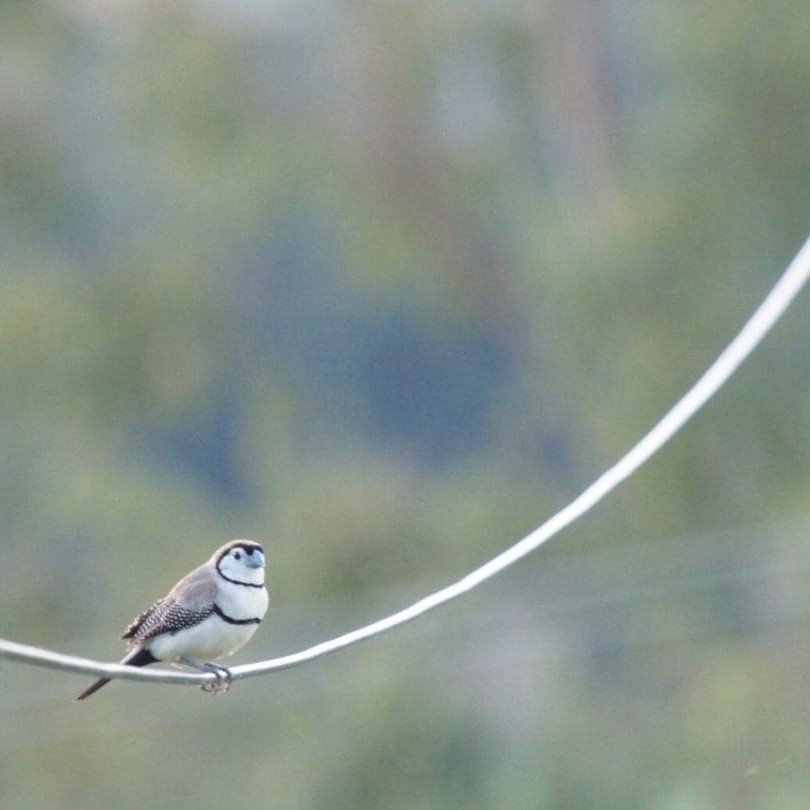 Australia has a very good chance of being able to save most of its endangered native woodland birds, findings from one of the biggest field studies ever conducted in this country suggest.
Australia has a very good chance of being able to save most of its endangered native woodland birds, findings from one of the biggest field studies ever conducted in this country suggest.
Researchers from the ARC Centre of Excellence for Environmental Decisions, the Federal Government’s National Environmental Research Program and Australian National University have found that many native birds which were feared headed for extinction have shown remarkable rates of recovery on properties where areas of regrowth and plantings of native trees are flourishing.
In a huge field science effort, the team monitored no fewer than 193 sites on 46 rural properties across southern NSW over ten years, to study the effect on native birds of different ways of managing native vegetation.
“It’s an extremely encouraging result,” said team leader Professor David Lindenmayer.
“We’ve seen a big increase in numbers of rare and endangered birds on farms in southern Australia, despite the drought. It’s really good news, and a true credit to all the farmers and graziers who have worked so hard to protect and restore native vegetation.”
The team’s research, published in the online journal PloS One, indicates that plantings and regrowth areas, where grazing pressure has been reduced, have seen the biggest return of native birds – compared with ‘old growth’ areas still being heavily grazed.
“We think this is because, in both new planting and regrowth areas, there is an under-storey of young, vigorous trees and shrubs which is attractive to many woodland birds, including rare and endangered species such as the diamond firetail, hooded robin, flame robin and black-chinned honeyeater.
In heavily-grazed old-growth areas, on the other hand, the ground between the trees is more open and less attractive to these types of woodland bird.
Though some regard them with a jaundiced eye, the scientific evidence suggests both regrowth and new planting areas provide a real lifeline for native birds under pressure. The survey found an average of 29 bird species in new planting areas, 25 in seedling-regrowth areas and 20 in areas re-sprouting after fires or land clearing – compared with only 15 bird types in old-growth areas where trees were all mature or ageing.
“This means we now know how to do revegetation of the Australian landscape so that it is both more effective at bringing back native species – and costs less to do,” Prof Lindemayer said.
“There is now good science to say what should and should not be done. This calls for property planning at a whole new level, but the hundreds of farmers who we are working with us are already into this. They are very excited by the results we’ve been seeing."
“For the first time there is a clear measure of the quality of their stewardship of the native landscape, they can see the benefits for themselves – and success is motivating them to try even harder.”
Prof Lindenmayer said every landholder who took part in the research received a book of practical advice based on the scientific observation of what works – and what doesn’t.
“From the government and taxpayer’s perspective, this finding means our environmental restoration programs can be a lot more cost-effective,” he said.
The team’s findings suggest that a range of vegetation growth types are likely to be required in a given farmland area to support the diverse array of bird species inhabiting Australia's temperate woodland ecosystems.
The research paper “Not All Kinds of Revegetation Are Created Equal: Revegetation Type Influences Bird Assemblages in Threatened Australian Woodland Ecosystems” by David B. Lindenmayer, Amanda R. Northrop-Mackie, Rebecca Montague-Drake, Mason Crane, Damian Michael, Sachiko Okada and Philip Gibbons appears in the online journal PlosOne:
http://www.plosone.org/article/info%3Adoi%2F10.1371%2Fjournal.pone.0034527
CEED is an Australian Research Council-funded Centre of Excellence for Environmental Decisions and NERP is the Commonwealth’s National Environmental Research Program. Their research tackles key gaps in environmental decision-making, monitoring and adaptive management.
